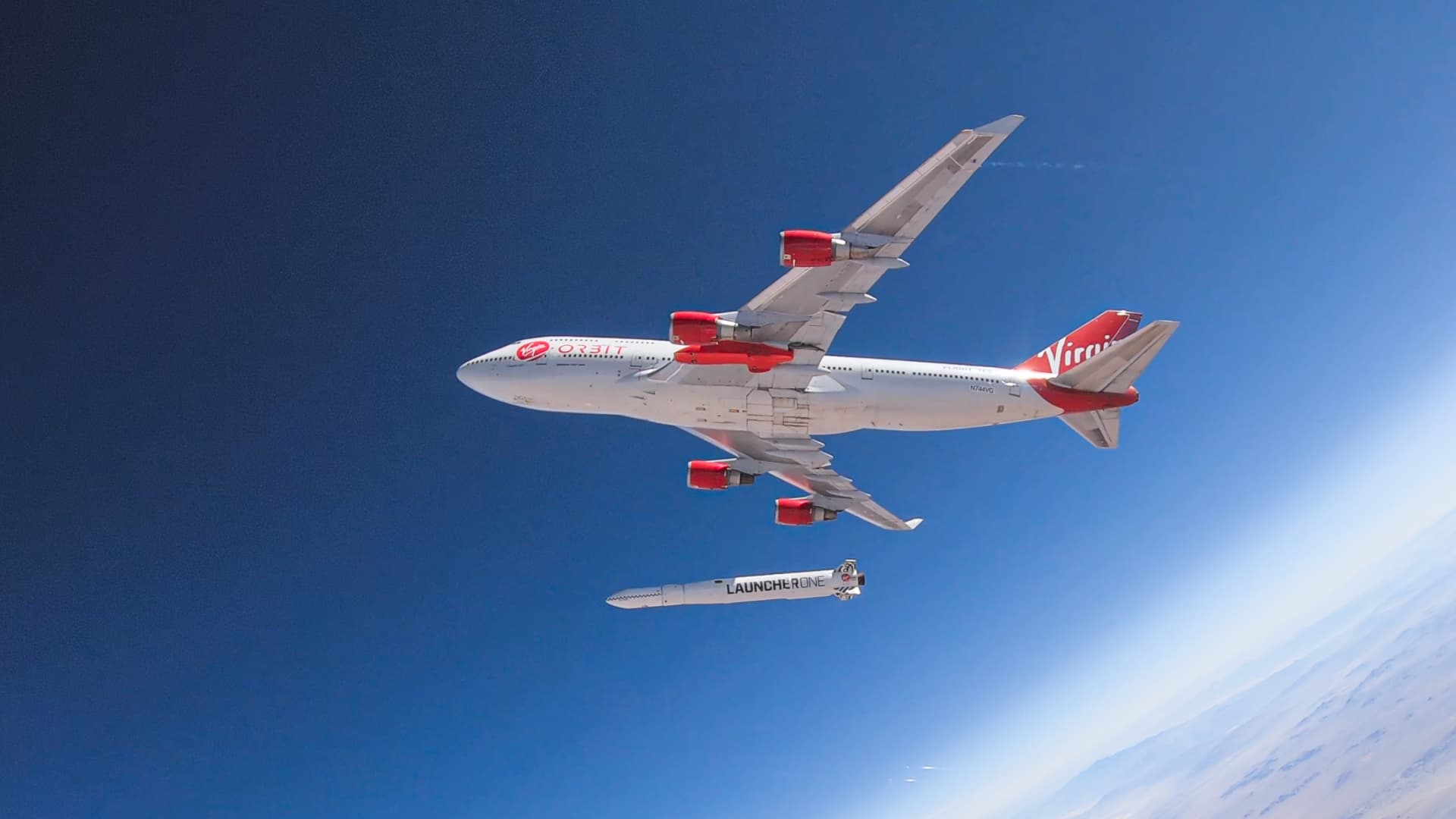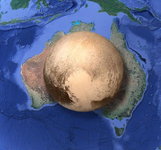The Space Thread
- Thread starter Gomez Adams
- Start date
You are using an out of date browser. It may not display this or other websites correctly.
You should upgrade or use an alternative browser.
You should upgrade or use an alternative browser.

How to watch NASA's Artemis 2 moon crew reveal live online on April 3
We'll learn the identities of the four Artemis 2 astronauts on April 3.
On Monday (April 3), NASA and the Canadian Space Agency (CSA) will jointly announce the names of the four individuals flying on the Artemis 2 mission. Events will stream live from Ellington Field, near NASA's Johnson Space Center in Houston, at 11 a.m. EDT (1500 GMT).
AURORAS OVER OKLAHOMA: Add Oklahoma to the list of US states where auroras appeared during the severe geomagnetic storm of March 23-24. "As it got very dark, the northern horizon erupted in pillars I could see with my naked eyes," reports Paul Smith, who photographed the display from the southern part of the state:
Smith is a world famous photographer of sprites and other transient luminous events. In fact, he was sprite-chasing at the time. "I had set up my camera with a clear view of the horizon, the better to see distant cloudtops where sprites emerge," he explains. This gave him a good view of the auroras as well.
"I definitely had a lump in my throat as emotions welled inside," he says. "Nature is always so giving."
Like other low-latitude displays on March 23-24, the auroras over Oklahoma were mostly red. This map shows the distribution of aurora photos submitted to Spaceweather.com, color coded by their dominant hue:

Most auroras are green, yet when auroras spread to low latitudes, the sightings are almost always red. There's a simple reason. Ordinary green auroras come from oxygen atoms about 150 km above Earth's surface. Red auroras are also caused by oxygen, but much higher up, between 150 km and 500 km. A picture taken by Andrew Morris in the UK nicely illustrates the red-on-green altitude structure. From relatively far-south places like Oklahoma, greens are mostly eclipsed by the northern horizon, leaving the higher reds to dominate the display.
Aurora Forecast https://cdn.softservenews.com/Aurora.htm
Smith is a world famous photographer of sprites and other transient luminous events. In fact, he was sprite-chasing at the time. "I had set up my camera with a clear view of the horizon, the better to see distant cloudtops where sprites emerge," he explains. This gave him a good view of the auroras as well.
"I definitely had a lump in my throat as emotions welled inside," he says. "Nature is always so giving."
Like other low-latitude displays on March 23-24, the auroras over Oklahoma were mostly red. This map shows the distribution of aurora photos submitted to Spaceweather.com, color coded by their dominant hue:

Most auroras are green, yet when auroras spread to low latitudes, the sightings are almost always red. There's a simple reason. Ordinary green auroras come from oxygen atoms about 150 km above Earth's surface. Red auroras are also caused by oxygen, but much higher up, between 150 km and 500 km. A picture taken by Andrew Morris in the UK nicely illustrates the red-on-green altitude structure. From relatively far-south places like Oklahoma, greens are mostly eclipsed by the northern horizon, leaving the higher reds to dominate the display.
Aurora Forecast https://cdn.softservenews.com/Aurora.htm
That can't be accurate.
Australia is roughly 2,500 miles wide. Pluto is around 1,400 miles wide. It should be closer to half the size of Australia. That picture makes it look about 2/3rds the size.
Edit to add: the Saturn one doesn't look right either. The United States is roughly 2,800 miles wide. The size of the vortex on Saturn is around 18,000 miles, so it would take about 6.5 United States to go all the way across the vortex. That looks closer to 8 or 9.
Australia is roughly 2,500 miles wide. Pluto is around 1,400 miles wide. It should be closer to half the size of Australia. That picture makes it look about 2/3rds the size.
Edit to add: the Saturn one doesn't look right either. The United States is roughly 2,800 miles wide. The size of the vortex on Saturn is around 18,000 miles, so it would take about 6.5 United States to go all the way across the vortex. That looks closer to 8 or 9.
Ah but Australia beats it in length (which is all that counts according to Australian males!).

Virgin Orbit fails to secure funding, will cease operations and lay off nearly entire workforce
Virgin Orbit CEO Dan Hart gave employees an update in an all-hands meeting on Thursday, according to audio obtained by CNBC.
Hart has been giving the company’s employees brief daily updates since Monday, when Virgin Orbit delayed a scheduled all-hands meeting at the last minute. Late-stage deal talks had fallen through with a pair of investors over the weekend, but Hart told staff on Monday that “very dynamic” investment discussions were continuing.
But I believe this is an earlier article before the cease operations was fully decided.
Ah ha

 gizmodo.com
gizmodo.com

Exactly Who Is the Investor Behind Virgin Orbit's Failed $200 Million Rescue?
Matthew Brown left a trail of questionable claims about his business experience.
 gizmodo.com
gizmodo.com
“Simply put: I am a simple guy from Fort Worth / Dallas who made a few good bets (and a lot of bad ones) and spend my time trying to advance the UN’s Goals,” Brown told Quartz via email. “ALL my $$ will end up in philanthropy to support those efforts. I happen to live a simple and minimalistic life and love to be at peace surfing on the shores of Hawaii while—financially—supporting those much smarter than myself.”
But Quartz could not substantiate many of the claims he has made about his business experience. Presented with a detailed description of the discrepancies we found, Brown said they were “factually incorrect” but declined to explain how.



